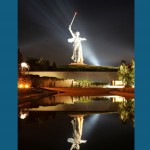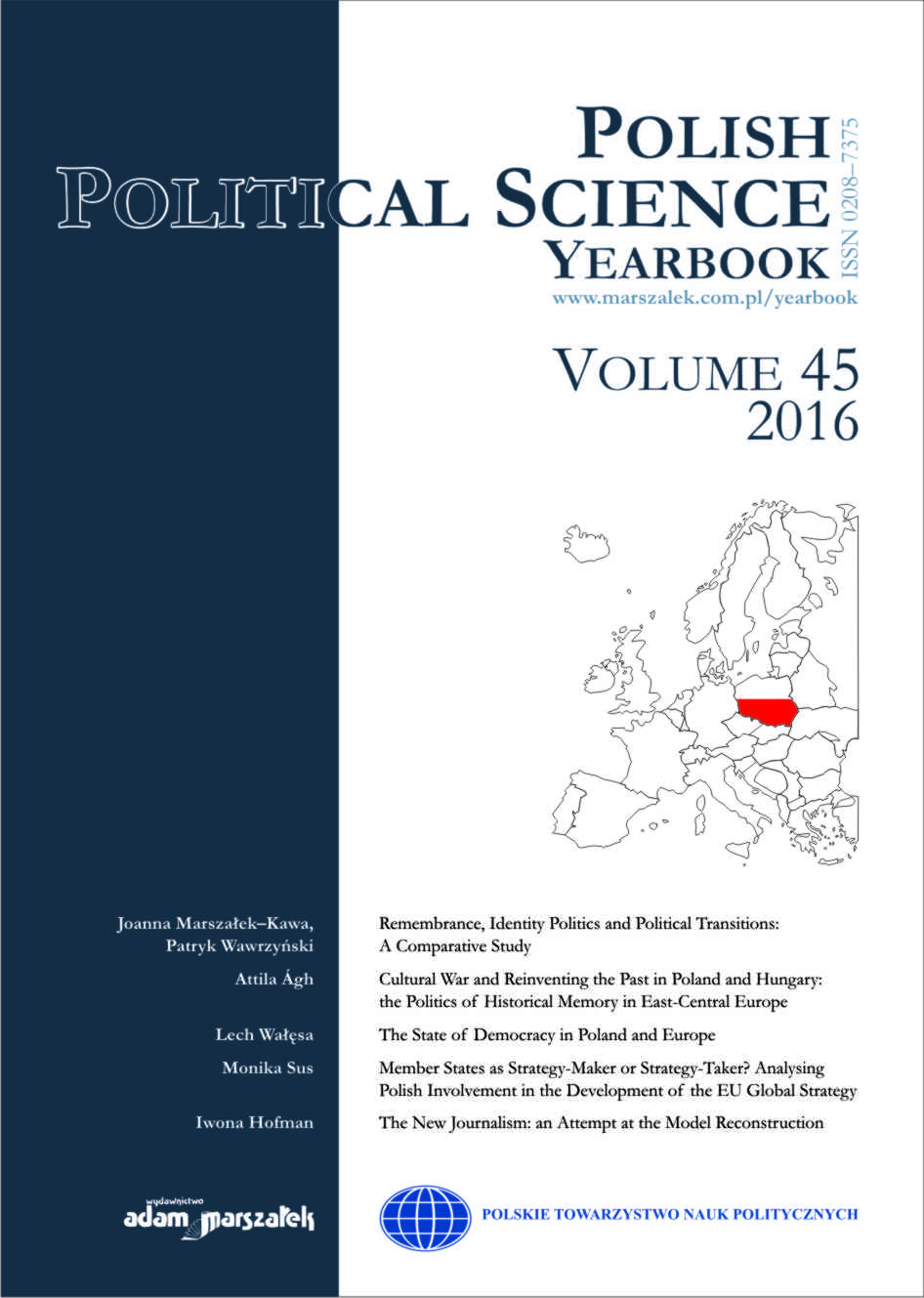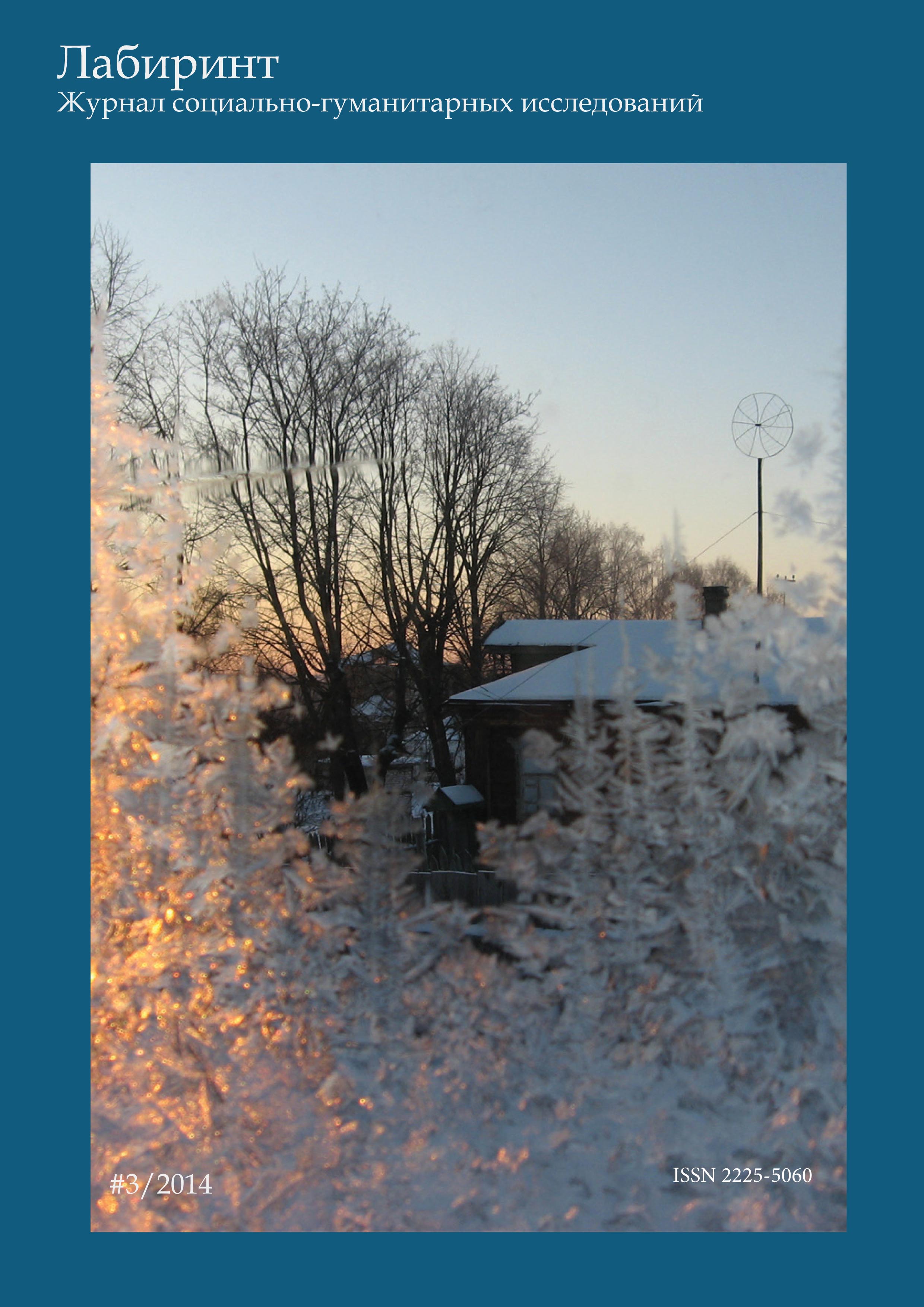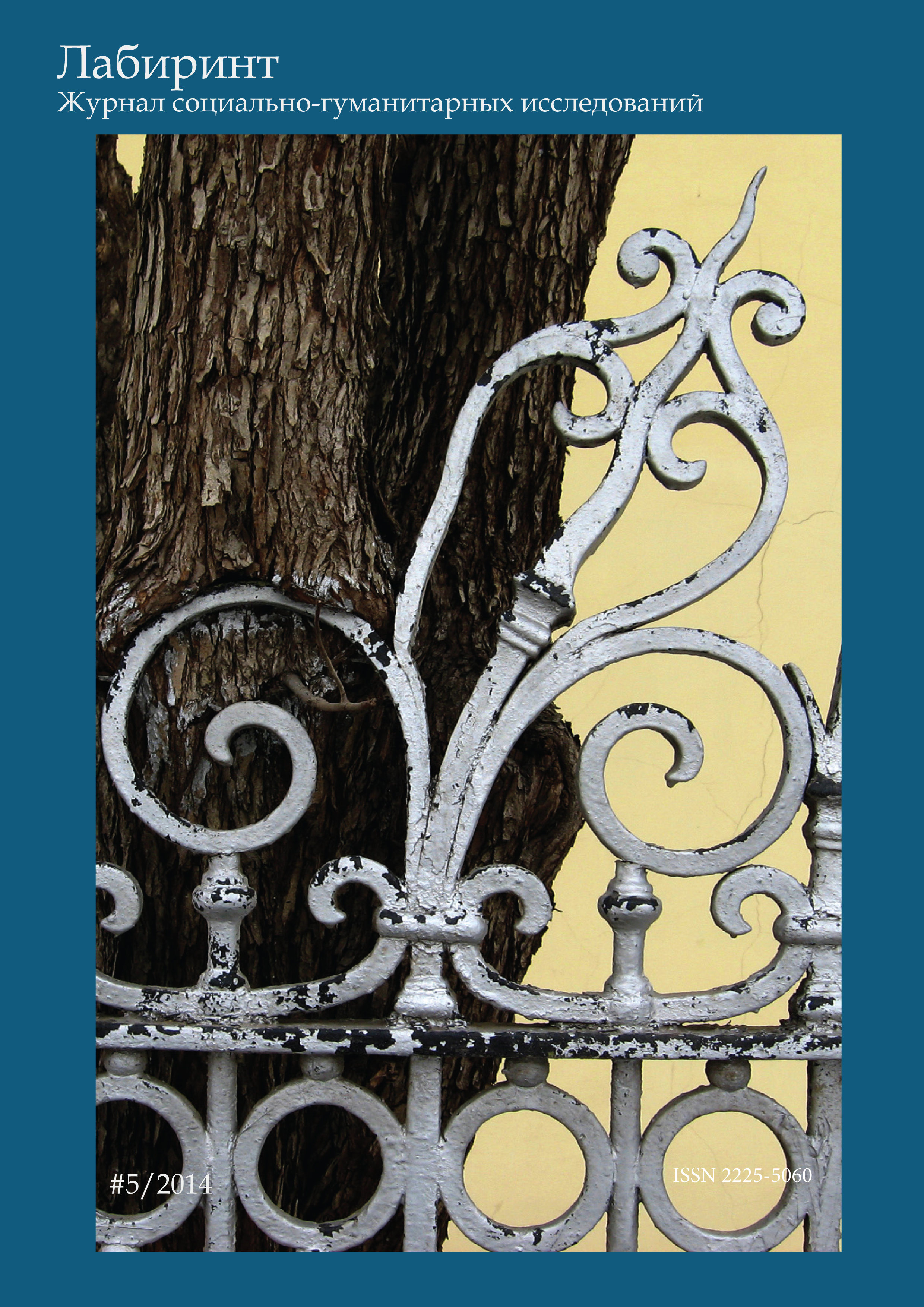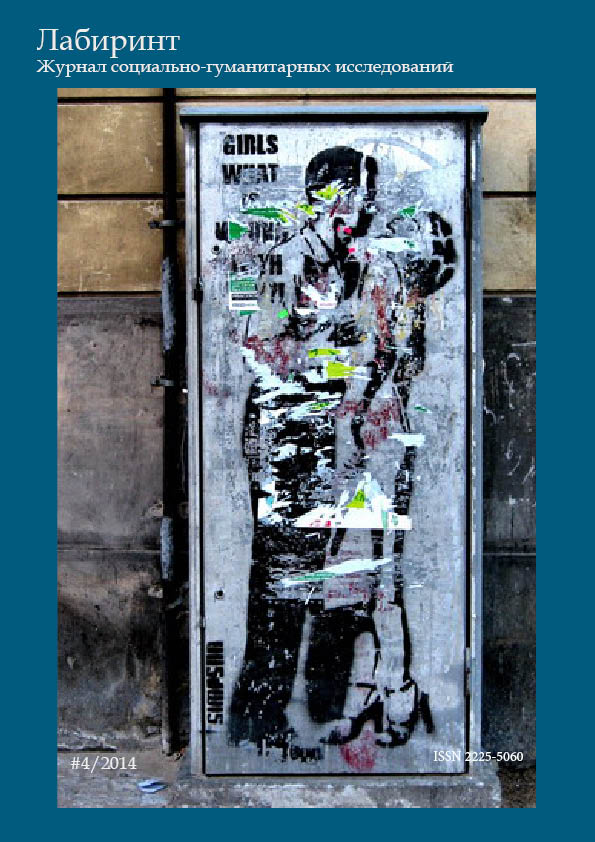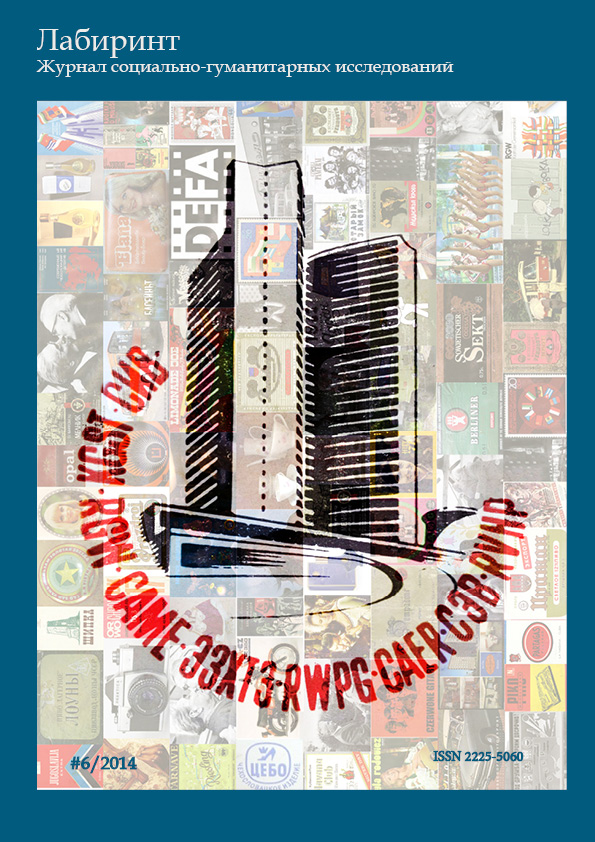
КУЛЬТУРНО-ПОЛИТИЧЕСКИЙ КОМБИНАТ» ПОД ОТКРЫТЫМ НЕБОМ: ЦЕНТРАЛЬНЫЙ ПАРК 1930х vs КЛУБНЫЕ САДЫ 1920х.: СЛУЧАЙ СВЕРДЛОВСКА
This paper considers the breaking of ideals of parks building in the USSR (at the turn of the 1920s-30s) during the creation of the Central culture and leisure park in Sverdlovsk. On the base of the materials of Soviet newspapers the authors reveal the typical recreation practices in city parks and clubs. Criticism of these practices is investigated as an element of new cultural tendencies. The metaphor of "cultural-political complex" is revealed through the idea of recreation as a productive force that makes up and develops human resources. Goals and tasks of new Central parks correspond with the project of the Sverdlovsk's Central park. The reasons that raised the question of implementation of this project are shown. The authors reconstruct the program, offered to the Park visitors in the early years of its work.
More...

